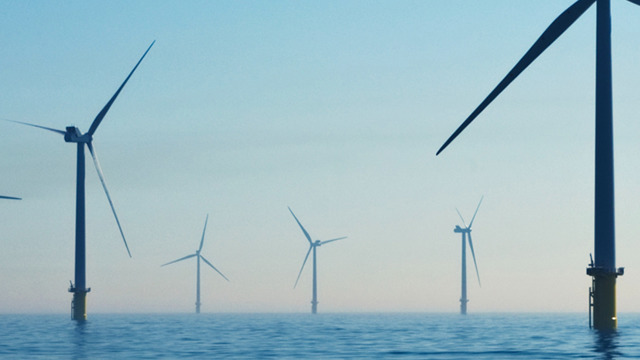Lead Editor of our Energy Blog, Mei Fern Johnson, attended the Offshore Wind Australia Conference at the end of November 2023 in Sydney and shares some key takeaways adapted to the New Zealand context:
-
Regulatory and policy certainty is critical
Offshore wind farms are incredibly capital intensive - while this is decreasing steadily, in order to attract that level of capital to New Zealand it is critical that the Government provides long term regulatory and policy certainty in terms of the process to obtain permits and consents to develop, own and operate offshore wind farms, including to provide security of tenure of those permits and consents.
This need for certainty extends to the process to add investors (including debt providers) and to change ownership, so that developers and owners can continue to attract the required capital and to recycle capital post commissioning. -
Time is of the essence
There is a lot of momentum built with interested developers from the feasibility licence application round run in Australia, including for the Gippsland declared area. If New Zealand wants to attract the attention of those developers, including those who are unsuccessful in the Australian processes and therefore are even more determined to establish offshore wind in this region, then the New Zealand Government needs to accelerate the introduction of an offshore wind regulatory regime in New Zealand and open application processes for feasibility permits as soon as possible.
There are already constraints in the offshore wind manufacturing capacity and fierce competition within the supply chain, with other Governments in Europe[1] and America[2] having announced ambitious offshore wind targets, so accelerating the timing of New Zealand's entry into the supply chain queue is crucial. -
Timely port investment
It is critical to have port infrastructure that is fit for purpose for the development of offshore wind farms - for example, having sufficient water depths, adequate wharf-side space and load-bearing capacity, suitable land areas for storage and assembly, and appropriate crane capacity. Notably, any port upgrades will take time to construct and investment to fund.
The key issue is a timing one - ports are not able to make the investments until they have secured contracts with developers, but developers will not commit to port investment until they have secured commercial rights from the Government to develop the offshore wind projects. If ports wait until commercial rights are granted, the port upgrades may not be able to be completed in time to support the development of the offshore wind projects.
So, Government funding, for example in the form of grant funding[3] or concessional loans, could be appropriate to fill the gap while the sector is being developed in New Zealand. Having said that, the port infrastructure required for fixed-bottom structures vs floating installations are quite different, so port upgrades should keep pace with decisions on the types of offshore wind farms planned to be developed in the region. -
Transmission assets
Certainty of availability of transmission assets to enable connection to the grid is critical. A key feature is to ensure that whichever model of ownership and operation is selected, cost of transmission is efficient (for example, enabled by low cost of capital) and there is no constraint in connection capacity. There are various models adopted overseas, including the collaborative model in the UK using a qualifying offshore transmission owner (OFTO). But in every case, it is critical that Transpower, the owner and operator of New Zealand's national grid, is involved where appropriate.
-
Revenue stabilisation
The New Zealand Government will need to decide if it can attract interest of developers without any revenue stabilisation mechanism being offered. There are some overseas experiences that could be telling - such as the UK Government increasing the price payable for electricity from offshore facilities subsequent to an auction for offshore wind failing to attract any interest from developers.[4]
-
The building of a community
Social licence is an oft-used term that refers to community approval and trust in the relevant commercial activity. In this case, while social licence is underpinned by education and a growing understanding by the community of what is involved (and the opportunity) in terms of developing and operating an offshore wind farm in their region. To embed the social licence in the local community, this will require growing local jobs, upskilling local workforce, and supporting a thriving local community.
All eyes are on the new Government's next steps in this space - early murmurings (see here) are promising!



